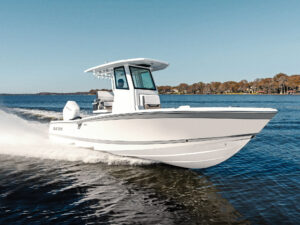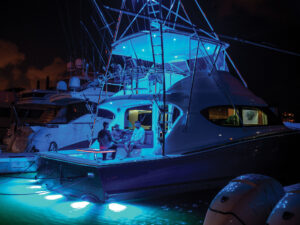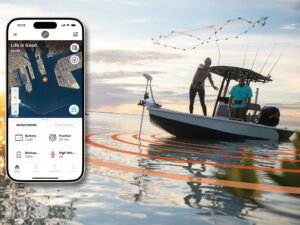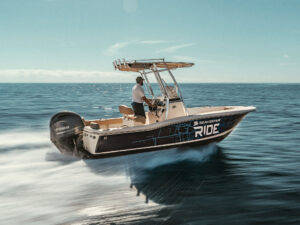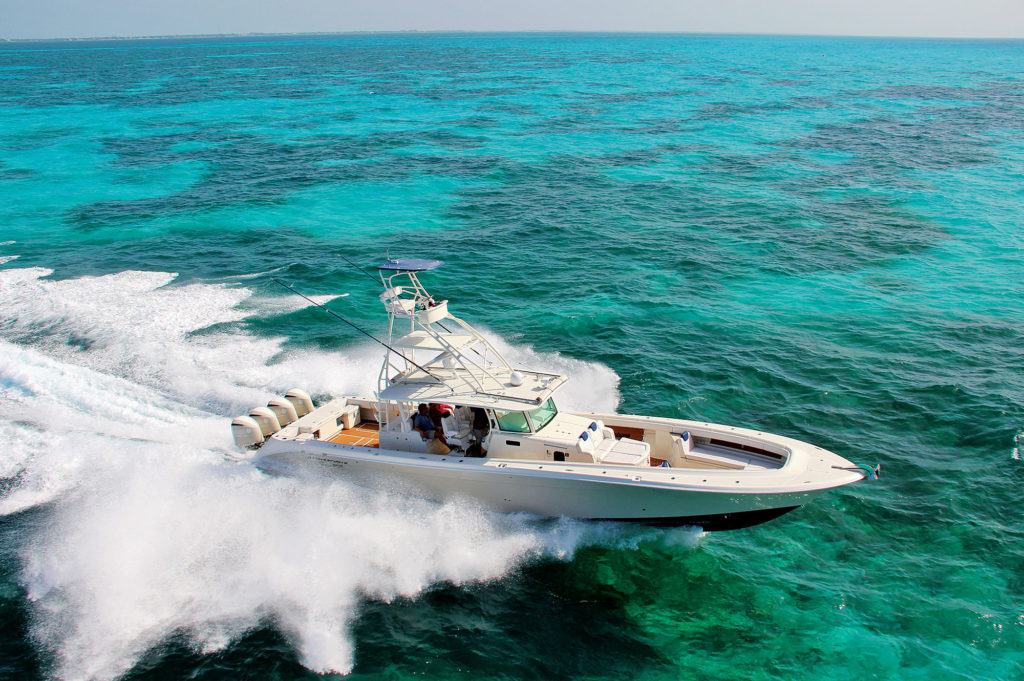
If you go to a boat show, it’s impossible not to fantasize about moving up to a bigger boat. The imagination takes over and your brain only envisions the good stuff, like being able to overnight at the fishing grounds or the ability to venture far offshore in the hunt for pelagic species.
Should you happen to pull the trigger on that multi-engine, blue water beast, it could very well be the answer to your dreams and could open up many new doors previously unavailable. But before taking the plunge, it’s important to consider all of the ramifications of going big.
Can You Tow It?
Moving up to even a slightly bigger boat can force you to buy another tow vehicle that can handle the payload. While the length difference between a Pursuit C238 and a Pursuit DC246 is only 1 foot, 4 inches, the dry weight of the DC246 is an additional 2,118 pounds (6,138 pounds versus. 4,020 pounds), so forget about towing it with that Jeep Cherokee you’ve been using. Time to shop for a pickup with a tow package to trailer the new boat.
More Power Means More Fuel Consumption
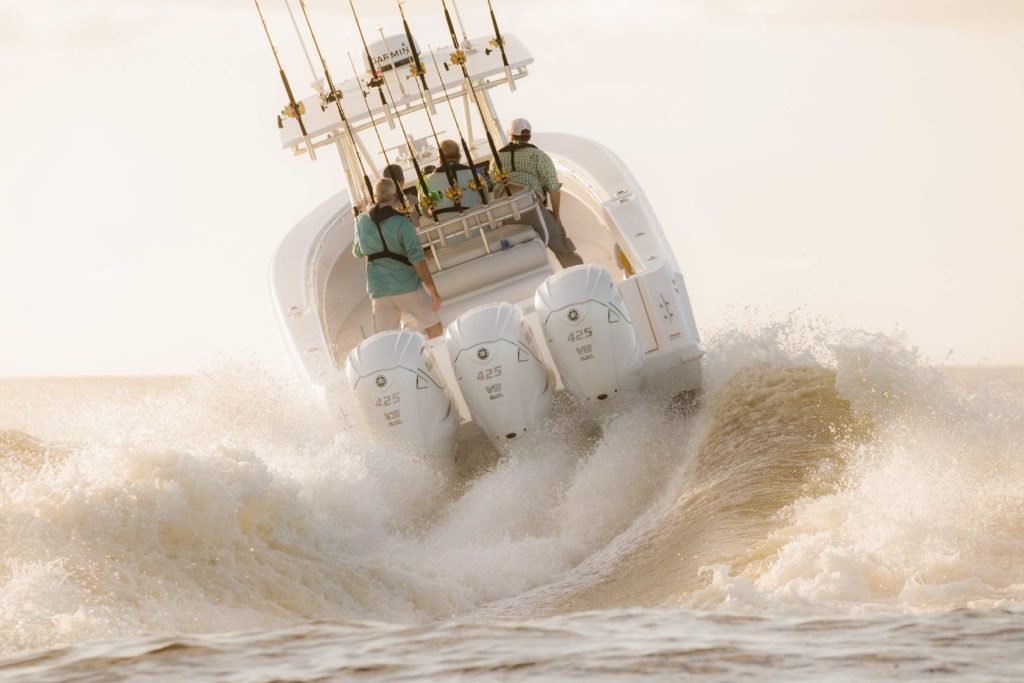
Upgrading to a larger boat often means going to multiple outboards, which not only results in more maintenance, but you’ll probably pay a lot more at the pump the next time you fuel up. Going from a Grady-White 251 Coastal Explorer with a single Yamaha F300 to a Pursuit S288 with twin Yamaha F300 outboards means you will be burning 8.7 gallons an hour more (8.9 gph versus 17.6 gph) when traveling around 30 mph. At $5 a gallon for fuel, that’s $43.5 an hour more to go the same distance.
Shallow-Water Shutout
If you live in an area adjacent to the ocean, invariably, there are also backcountry waters that often provide great fishing—if you can get there. Many anglers deal with this dilemma by having two boats. When I lived in the Florida Keys, I had a 24-foot Stamas for the ocean and a 15-foot skiff for Florida Bay on the Gulf side. But not everyone can afford two boats. I afforded my little boat by buying it cheap (I had more money invested in bottom paint than the boat itself) with no engine and powering it by cannibalizing the 25 hp kicker off my bigger boat.
If you are considering moving up in length, pay close attention to the draft with the engine(s) down and at cruise around your inshore hotspots at low tide with a larger new boat in mind. Remember, if it’s a nice day, you can peek offshore in a smaller boat, but unless there’s a king tide running, taking a big boat in shallow water will eventually result in a call for a tow off of shoal.
Additional Costs
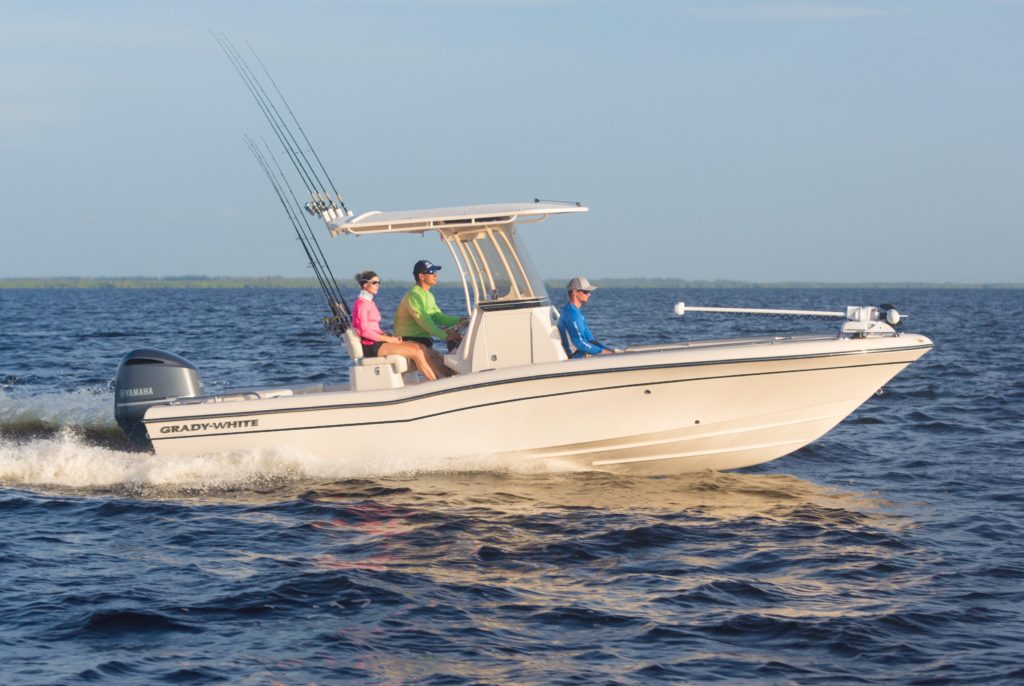
Make sure to add up all of the costs of a bigger boat—don’t just factor in the higher sticker price. Include the higher prices for insurance, dockage or storage, fuel, and maintenance costs, especially if you are going with multiple engines.
While moving to a larger boat might be the best day of your life, make sure all the factors have been considered. Going out in a larger boat involves more planning, and is more of a hassle than a smaller one, but a bigger boat isn’t as susceptible to moderately harsh conditions.
The tipping point might just be, which size boat will result in more days on the water? Now that’s a number where bigger is always better.

